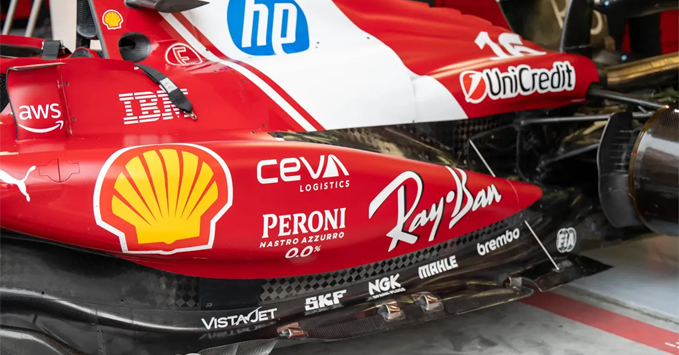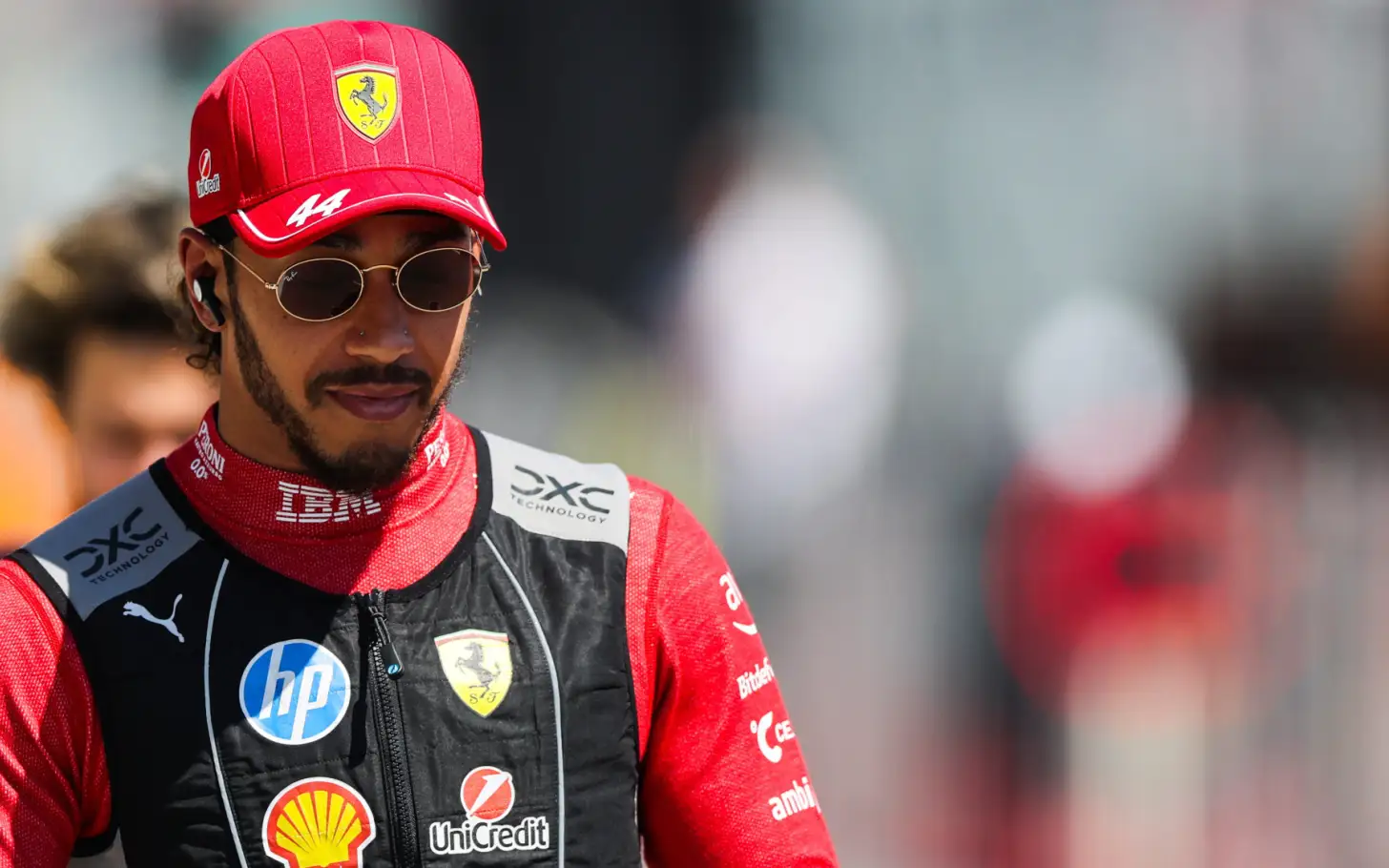Ferrari engineers want new floor in Bahrain, Vasseur and Serra prefer….read more
Ferrari is currently facing a significant internal debate regarding their strategy ahead of the Bahrain Grand Prix. The central issue revolves around whether to introduce a new floor for their SF-25 car, which has already been developed and is ready for deployment in Bahrain, or to wait until the upcoming Miami Grand Prix for its introduction. This new floor is part of a broader package of upgrades intended to improve the car’s performance, but its immediate introduction is causing a divide within the team.
On one side of the argument are the engineers and the aerodynamics department, who are in favor of using the new floor in Bahrain. According to reports, they believe that the data from simulations suggest the new floor will significantly enhance the car’s performance. The team’s aerodynamics experts are confident that the upgrade will bring improvements, particularly in terms of car stability and aerodynamics, which they believe could help Ferrari gain an edge in the highly competitive field.
However, there is another faction within Ferrari that is more cautious about introducing the new floor at this stage. This group, which includes key figures like Technical Director Loic Serra and Team Principal Fred Vasseur, argues that the car’s current performance issues stem more from an imbalance in its dynamics rather than aerodynamics. They contend that the team should focus on addressing this balance issue first before introducing any major upgrades. Their concern is that making changes to the car’s aerodynamics before resolving the balance problems could result in wasted resources or even backfire, as the new floor’s effectiveness might be difficult to evaluate if the balance issue is not properly addressed.
This internal split at Ferrari highlights the tension between wanting to push ahead with performance upgrades and ensuring the car is properly balanced and reliable before introducing any changes. According to reports, the team is still undecided about whether to bring the new floor to Bahrain or wait. However, they are facing a deadline to make a decision, with rumors suggesting that the team needs to finalize their plan by Thursday, April 10. This deadline is based on an analysis of data gathered from the Suzuka circuit, which will help determine whether the car’s performance is being hindered by aerodynamics or by its current dynamic balance. If the data suggests that the car’s aerodynamics are the main limiting factor, then introducing the new floor in Bahrain could make sense. If, however, the performance issues stem from balance problems, the team may decide to focus on resolving those issues first before making any changes to the car’s aerodynamics.
The Ferrari team’s performance in recent races has left them with more questions than answers. Despite what was considered their best weekend of the season, with Charles Leclerc finishing fourth and Carlos Sainz seventh in the Australian Grand Prix, Ferrari’s overall performance continues to be disappointing. The results were not enough to challenge for the title, which was the team’s declared goal at the beginning of the season. This underperformance has led to increasing speculation about whether the SF-25 car was “poorly born,” as some team members are beginning to believe. This growing sense of doubt has raised concerns about the future direction of Ferrari’s development and whether they will be able to compete for the title in the near future.
Adding to Ferrari’s internal challenges are the rifts between the team’s drivers. Charles Leclerc and Carlos Sainz have both openly admitted that they have very different technical preferences when it comes to car setup. Leclerc, in particular, has expressed a desire for more autonomy in managing the car’s setup, breaking the assumption that both drivers share a similar driving style. This difference in preferences has further complicated the team’s efforts to optimize the car, as the drivers’ input on the setup is crucial to improving performance.
While the drivers’ preferences may present an additional challenge, the more significant issue is the internal disagreement within the engineering department regarding how to prioritize the upcoming upgrades. With key decisions about the car’s development being discussed, including whether to introduce the new floor at the Bahrain Grand Prix, Ferrari is at a crossroads. The team must decide whether to press ahead with the aerodynamics upgrade in hopes of immediate performance improvements or to focus on addressing the car’s dynamic balance before making any changes to the aerodynamics.
As Ferrari prepares for the upcoming races in Bahrain, Saudi Arabia, and Miami, the team is facing a crucial decision about the future of their SF-25. The outcome of this decision could have far-reaching implications for their ability to challenge for the title in the remainder of the season. With internal disagreements and performance concerns mounting, Ferrari’s engineers and leadership will need to find a way to resolve their differences and chart a course for success in the coming months. The pressure is on to make the right call, as the team’s season hangs in the balance.




